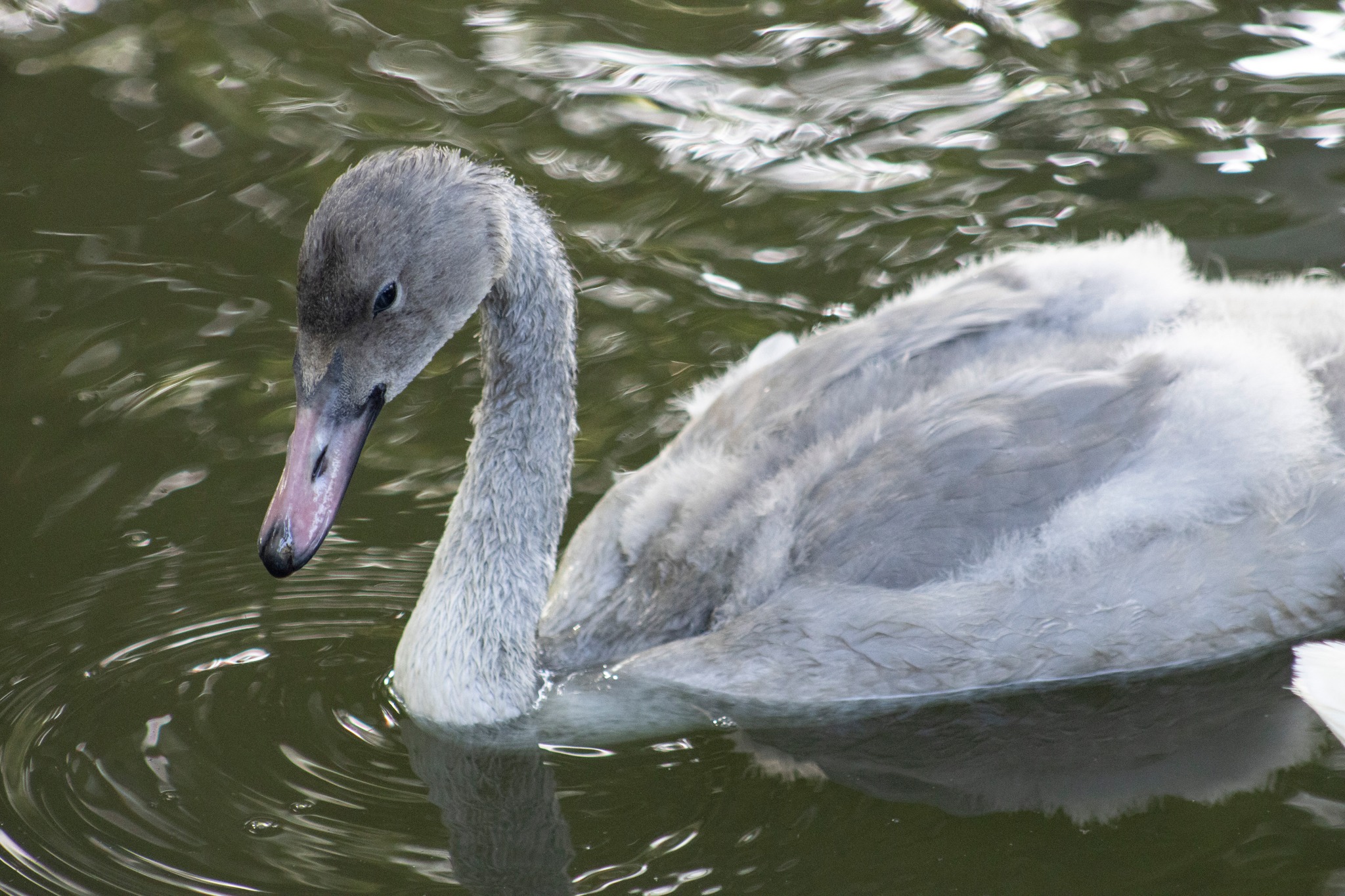Summary:
1. Introduction to the trumpeter swan cygnet and its rapid growth.
2. The exceptional parenting skills of the first-time swan parents.
3. The peaceful and carefree life of the swan cygnet.
4. The envy-inducing nap schedule of the swan cygnet.
5. The unique and fascinating aspects of the swan cygnet’s behavior and development.
The trumpeter swan cygnet hatched in early June is truly remarkable. In just a few short weeks, it has grown by leaps and bounds, quickly catching up to its proud Mom and Dad in size. This rapid growth is a testament to the nurturing and care provided by its first-time parents.
First-time parents can often face challenges, but these swans have proven exceptional parenting skills. They watch over their little one diligently, ensuring their safety and well-being. It’s heartwarming to observe their dedication and bond with their young cygnet.
The life of the swan cygnet is one of tranquility and freedom. It floats gracefully in the pond, enjoying the serenity of its surroundings. The peacefulness of the water complements its downy feathers, providing warmth and buoyancy. Its graceful movements are a sight as it glides across the water effortlessly.
One aspect of the swan cygnet’s life we all envy is its nap schedule. While most of us struggle to find a few moments of rest in our busy lives, the swan cygnet has a carefree approach to napping. It simply floats on the water, its head tucked under its wing, oblivious to the world around it. Oh, how we wish we could join it in that peaceful slumber!
But beyond its growth, parenting skills, and napping habits, many unique and fascinating aspects of the swan cygnet’s behavior and development deserve our attention. For instance, did you know these cygnets are born with grayish-brown feathers that gradually turn white as they mature? It’s a remarkable transformation to witness, and it helps them to blend in with their adult counterparts.
The development of their vocal abilities is another intriguing aspect of their growth. These cygnets begin with soft, high-pitched calls that gradually deepen as they mature. It’s as though they are finding their voice, just as we do as we grow older. And when they finally produce their characteristic trumpeting sound, it’s a true delight to the ears.
Another fascinating behavior of the swan cygnet is its ability to feed underwater. Unlike adult swans, which mainly feed on plants and insects at the water’s surface, cygnets can submerge their heads underwater to reach food. This skill is essential for their growth and survival, allowing them to access a broader range of nutrients.
As the swan cygnet approaches adolescence, it explores its environment and interacts with other swans. These social interactions play a vital role in their development, allowing them to learn essential life skills and establish relationships within their community. It’s a joyous time of discovery and growth for these young swans.
In conclusion, the trumpeter swan cygnet that hatched in early June captivates us with its rapid growth, exceptional parenting, carefree lifestyle, and envy-inducing nap schedule. But beyond these aspects, its unique behaviors and development offer a true glimpse into the wonders of nature. From its changing feathers to the evolution of its vocal abilities and underwater feeding skills, the journey of the swan cygnet is fascinating. So next time you spot a swan family gliding across a serene pond, take a moment to appreciate the swan cygnet’s remarkable life and the natural world’s beauty.
*****
Source Description
The trumpeter swan cygnet that hatched in early June is catching up to Mom and Dad in size very quickly!
The first-time parents are doing a wonderful job rearing their young ones and kindly keep watch as the baby sleeps while floating in the pond carefree.
We wish we could catch a nap like that! 😴💤


